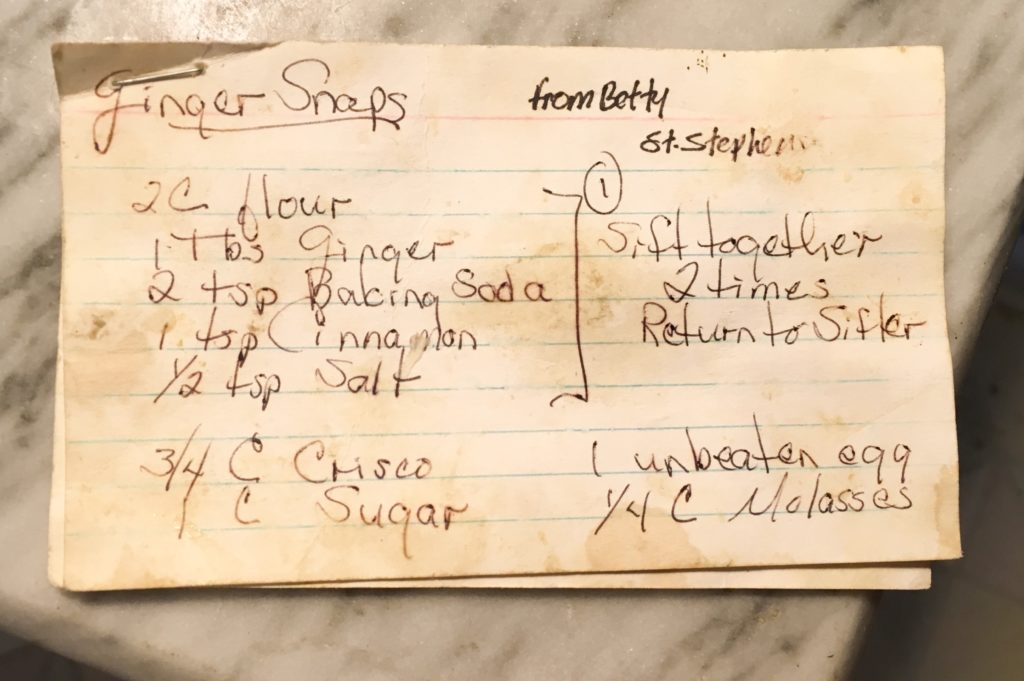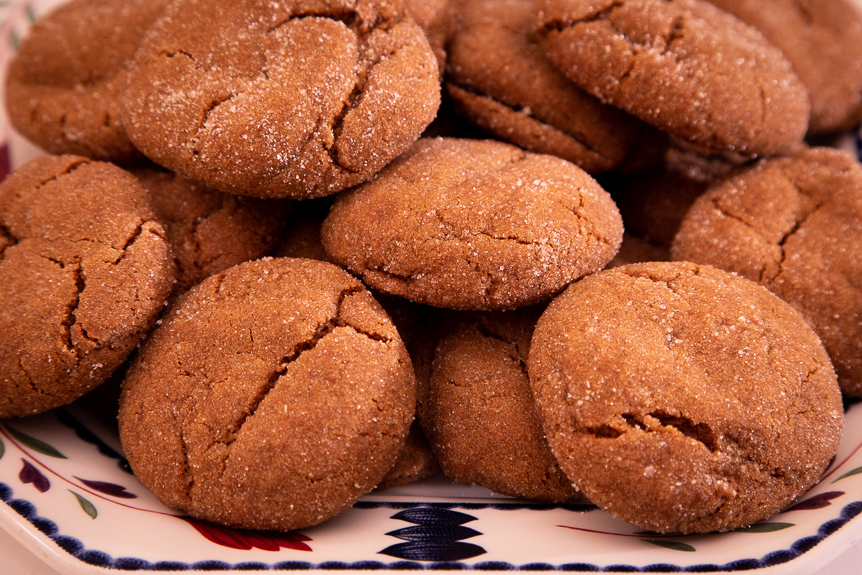When I started writing Friendship Album, 1933, I anticipated doing a lot of research on quilts made during that period, but what’s surprised me is how much time I’ve spent learning about food. Cakes, mostly, but as our girls continue to meet every Wednesday their menus are expanding. Every time I come up with an idea for something to snack on, I have to find out if ladies who lunched in 1933 lunched on grilled cheese sandwiches or enjoyed a deviled egg or two for an appetizer.
I’ve found an invaluable resource in The Food Timeline: Popular American Decade Foods, Menus, Products & Party Planning Tips. Not only can you discover what sort of foods folks were eating during the decade of your choice, but you can learn about school lunches and nutrition, restaurants and modern kitchens.
One of the interesting things I’ve learned on the site is that the Great Depression wasn’t a time of food scarcity. You might buy chuck beef instead of sirloin to keep costs down, but both were available. Food costs in general were low, and local and private relief agencies did an excellent job of feeding the poor.
On a less serious note, you can look into what food brands were advertised in magazines any given year. For instance, if you opened up your June 1933 copy of Ladies’ Home Journal, you’d find ads for Sanka Coffee, Minute Tapioca, Kraft Velveeta cheese, Heinz Tomato Juice, Kraft Mayonnaise, and Cream of Wheat. If you’re interested in when certain brands were introduced to the American public, well, there’s a list for that, too. Much to my surprise, Fritos first appeared on the shelves in 1932, and Tootsie Pops were available even earlier, in 1931. I’d always assumed they were born in the 1960s, just like me.
I was hoping I’d find that the first chocolate chip cookie made its appearance in 1933, so I could share my favorite recipe on this blog. But almost every source I’ve come across says it was invented in 1938 by American chefs Ruth Graves Wakefield and Sue Brides. Disappointing! I promise if Friendship Album, 1933 has sequels, and one of them takes place in 1938, I’ll give you my recipe. But until then, my gingersnap recipe will have to do.
Now, the gingersnap is not an invention of the 1930s; in fact, its roots are in medieval times. However, it was an especially popular treat in Colonial America, and the 1920s and the 1930s saw a Colonial revival, which is one of the reasons quilt-making was so popular. I’m sure 1930s housewives made gingersnaps in their bright modern kitchens and felt like new age Martha Washingtons. Maybe in an upcoming scene in our story, we’ll see Bess making gingersnaps for her daughters (or perhaps a new friend? Hmmmm … what might be in store for Bess this week?)
My gingersnap cookie recipe was given to me by a lovely older woman named Betty, who was a member of St. Stephen’s Episcopal Church in Durham, NC. She must have made the cookies for coffee hour, and they were by far the best gingersnaps I’d ever eaten. A week after I told her how much I’d enjoyed them, she produced the recipe for me on two index cards stapled together, and I’ve been making those snaps ever since. P.S. I don’t sift, but this recipe card is how you know Betty was old school.

While I give Betty full credit for these wonderful cookies, I’m going to give Bess the title. That’s just how we roll here in Fictionland!
BESS’S BEST 1933 GINGERSNAPS
Ingredients
2 cups Flour
1 tablespoon ginger
1 teaspoon cinnamon
1/2 teaspoon salt
3/4 cup Crisco
1 cup sugar
1 unbeaten egg
1/4 cup molasses
Directions
In a medium bowl, mix first four ingredients with a fork, making sure to combine well. In a large bowl, cream shortening, then add sugar gradually, creaming until well-blended. Beat in egg and molasses. Mix dry ingredients into creamed mixture and blend (Note: Betty’s directions say “Mix by Hand,” but I have to admit I mix everything in my mixer using the paddle attachment and the cookies still turn out great).
Form teaspoon-size balls of dough. and roll dough balls in pan of granulated sugar to cover entire surface. Place 2″ apart on an ungreased cookie sheet. Bake at 350 degrees for 12-15 minutes or until tops are slightly round, cracked and lightly browned. Remove from sheet and cool on a cooling rack.




